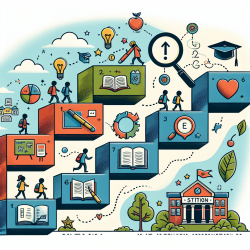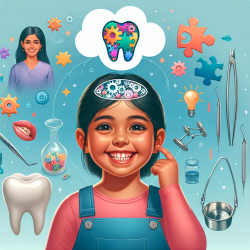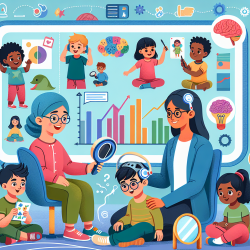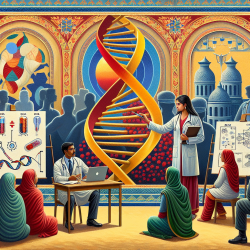As your student gets older and progresses through school, her/his special education program is required to focus more intentionally on preparing your student for life after s/he graduates or “ages-out” of the school system.Your student’s transition out of the district’s special education program is addressed by adding a transition plan to your student’s IEP. Transition services must be included in your student’s IEP beginning the year in which s/he reaches age 16, at the very least, or earlier if the IEP team determines it is appropriate.There are six essential steps to take when creating a transition plan for your student’s IEP:
- Conduct transition assessments (formal and/or informal) to identify your student’s:
- Strengths (talents/skills)
- Interests (desired career/line of work)
- Preferences (desired work/school or living environment)
- Needs (accommodations, modifications, and other support(s) to minimize limitations resulting from a disability)
- Develop appropriate and measurable post-secondary goals based on transition assessment data related to:
- Education/Training (required goal area)
- Employment (required goal area)
- Independent Living (required if determined appropriate by the IEP team)
- Identify individualized transition services in the areas related to supporting your student’s achievement of post-secondary goals and/or meeting graduation requirements. Some key example areas to consider are:
- Instruction – What formal and informal opportunities for learning exist? What does your student need to know and be taught?
- Related Services – What services are needed for your student to continue accessing her/his special education program?
- Community Experiences – What opportunities will your student have access to that offer “hands on” or practical learning experiences?
- Development of Adult Living Objectives – What must be put in place for your student to develop and/or improve her/his independent living skills?
- Write a relevant course of study that takes into consideration what types of classes your student should plan to take during the remainder of their time in the school system to support her/his identified post-secondary goals. Multi-year planning may be necessary.
- Coordinate services with Adult Service agencies that your student might utilize after s/he is no longer eligible for education services.
- Write IEP goals to support the post-secondary goals identified for your student.
Transition Support and Services: Summary for Students, Families and Caregivers is a helpful resource to learn more about how the Individualized Education Program (IEP) Transition Plan and aligned High School and Beyond Plan (HSBP) support a student to be ready for their goals for post-secondary goals.
When will my student “age-out” of special education?
Your student is eligible to receive special education services from the school district beginning at the age of 3 and up to the age of 21. Your student does not remain eligible for special education services if s/he graduates with a high school diploma before s/he turns 21. If your student turns 21 after August 31 of the current school year then, s/he remains eligible through the remainder of that school year.
What if my student is planning to graduate from high school and go to college; is s/he still required to have a transition plan in her/his IEP?
Yes. Transition services are required for all IEPs beginning no later than the first IEP to be in effect when your student turns 16 years old. A transition plan can be designed to address your student’s needs for the transition between high school and college.
My student is getting close to high school graduation, but I feel like s/he is not quite ready yet to make the transition out of special education; what should I do?
Your student’s transition plan and high school graduation plan should be coordinated to prevent a situation where s/he has completed all of the requirements for graduation, but has not received the necessary transition services. Making sure your student is on a path towards meeting all graduation requirements is the IEP team’s ongoing responsibility once transition services are included in your student’s IEP. Some students may also have an Expected Year of Graduation (EYG) beyond the standard four-year high school period based on their continued eligibility for special education services. All IEP team members should be fully aware of the student’s EYG when considering the appropriate services and developing the transition plan.For more information, please follow this
link.










